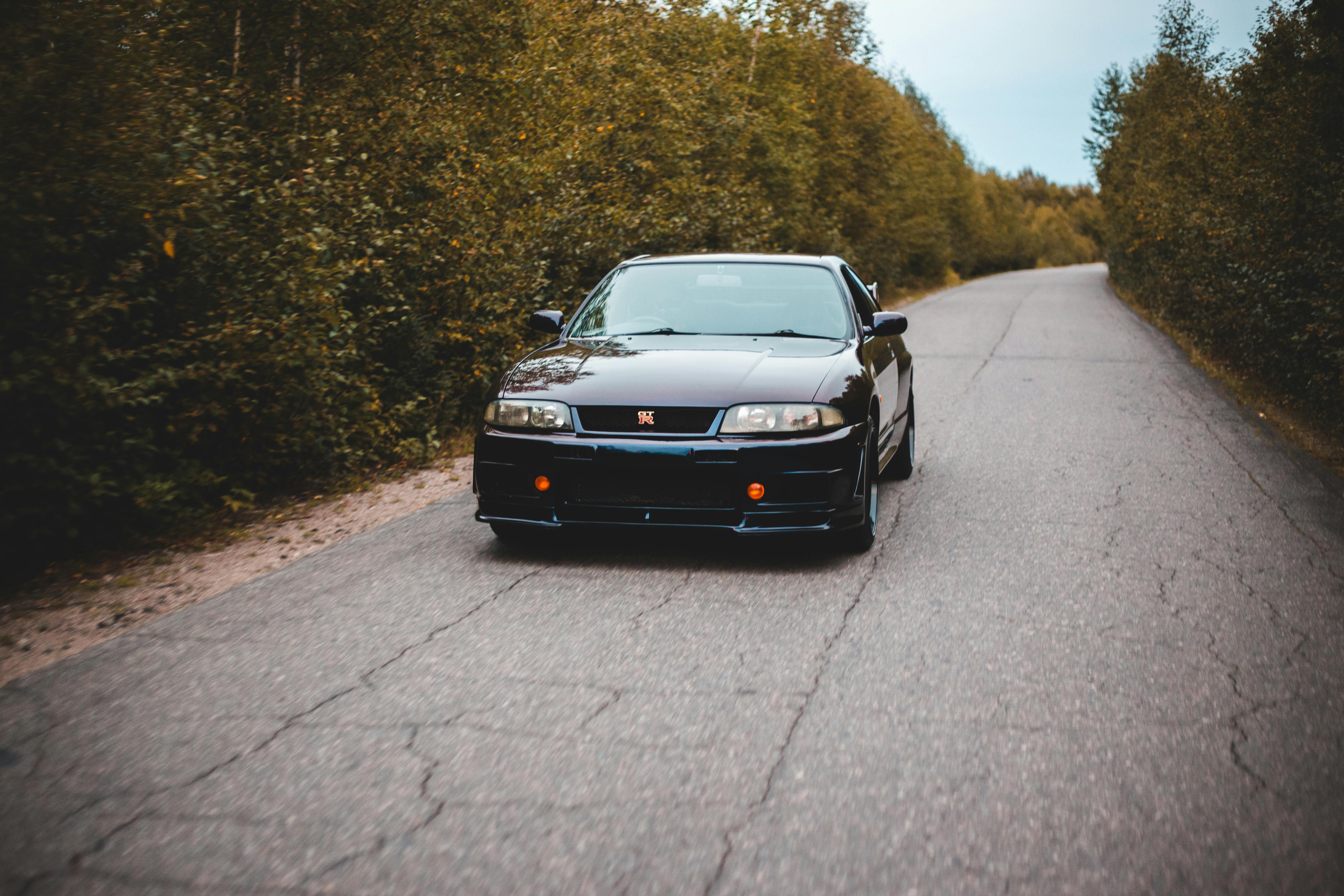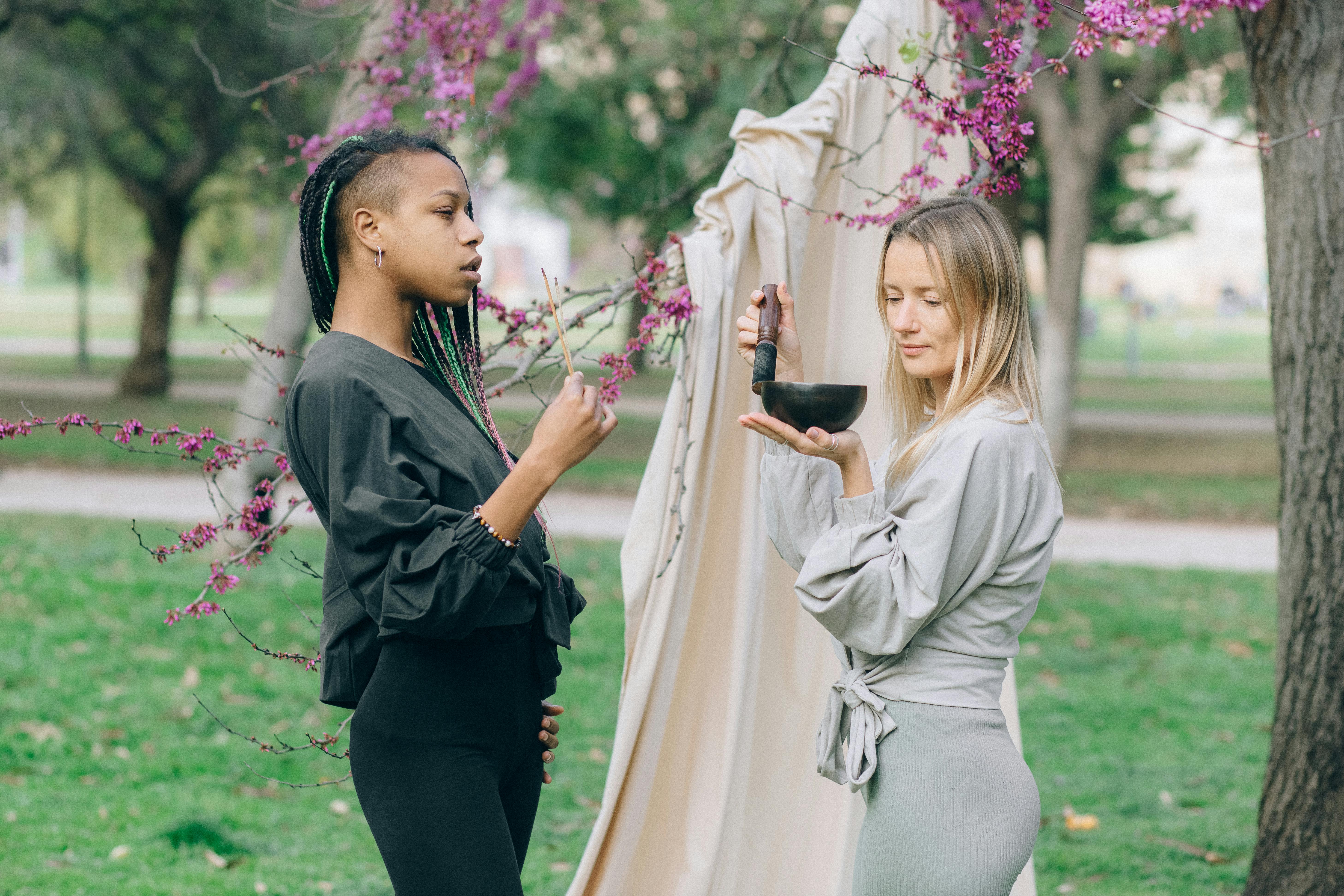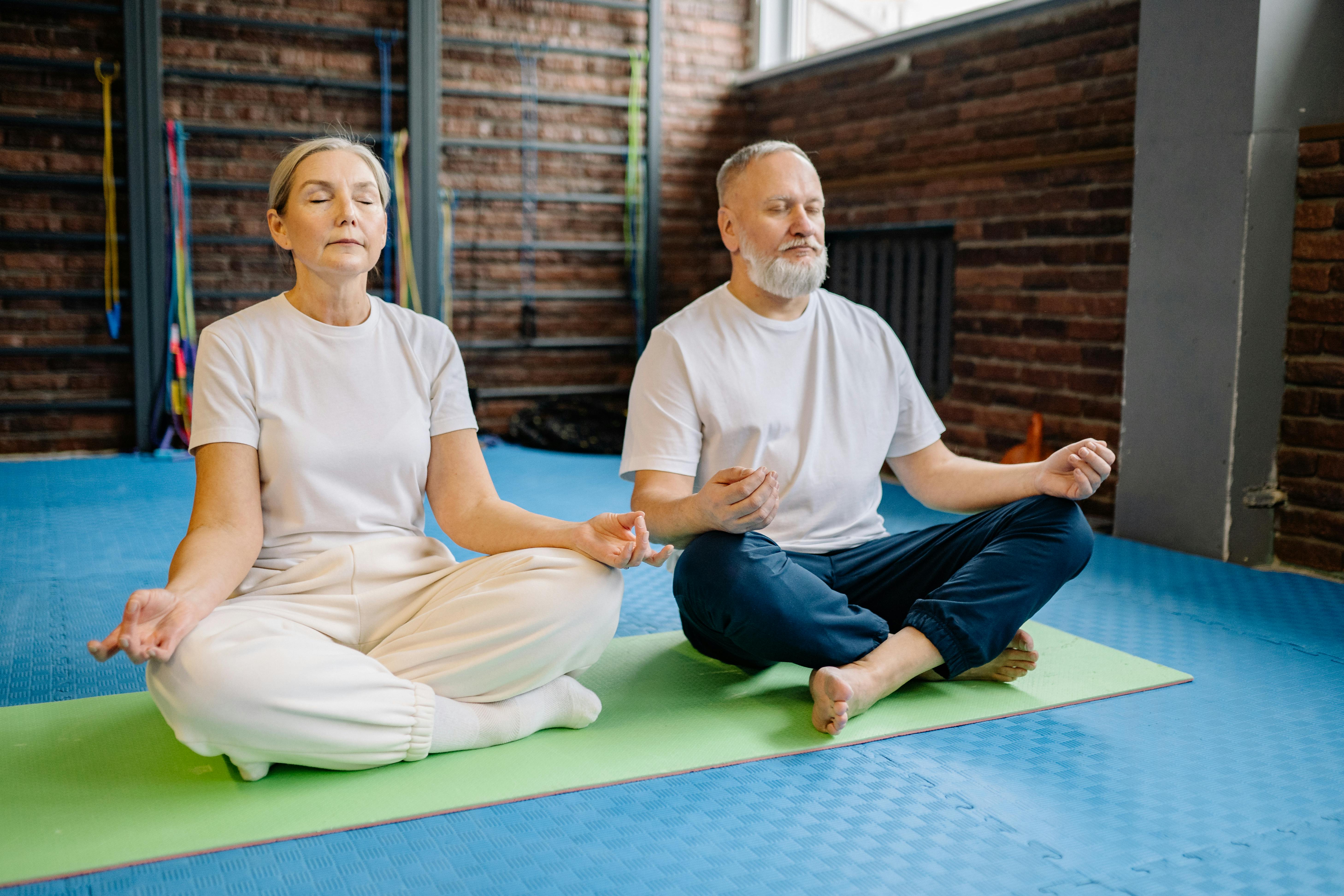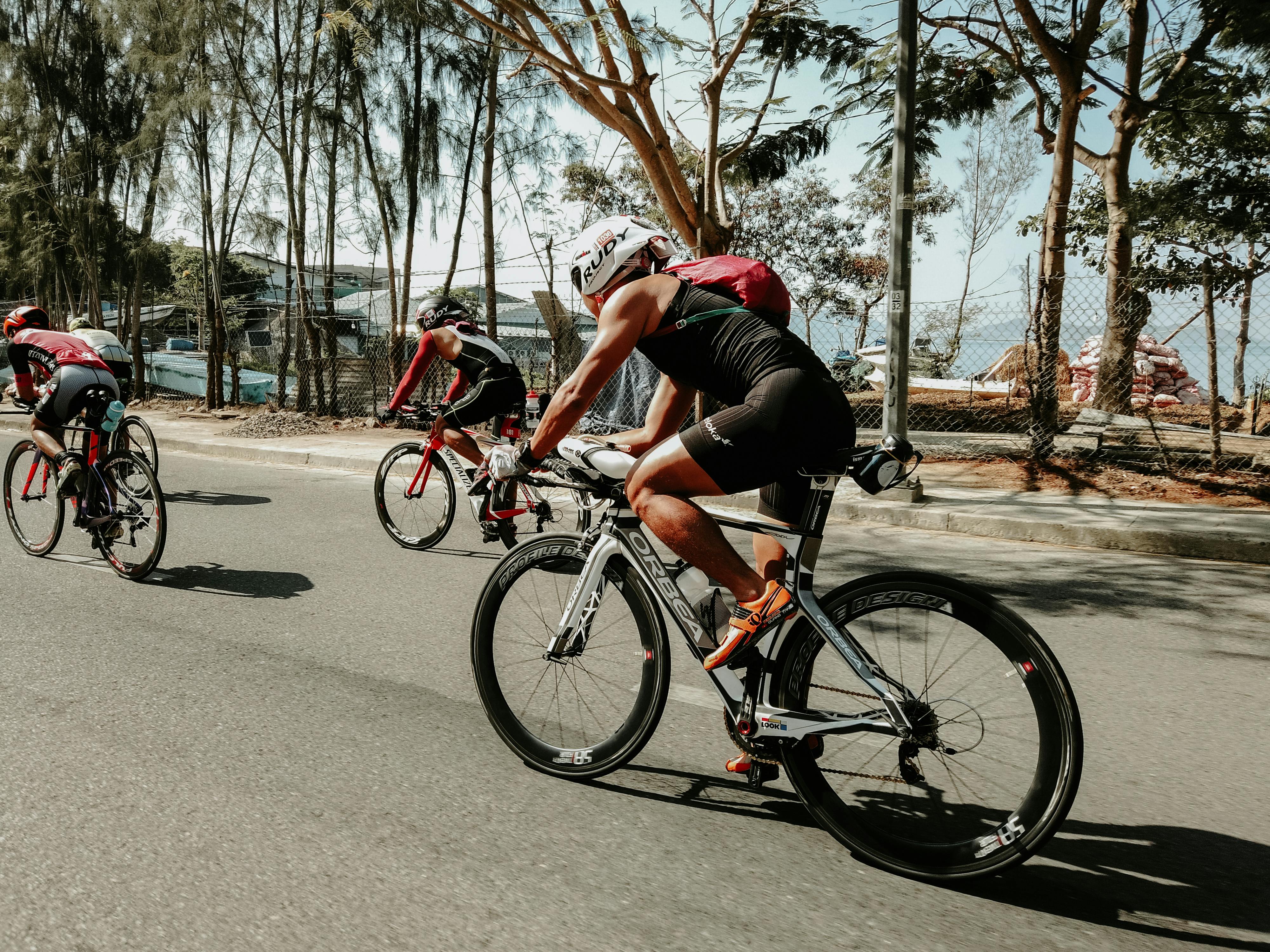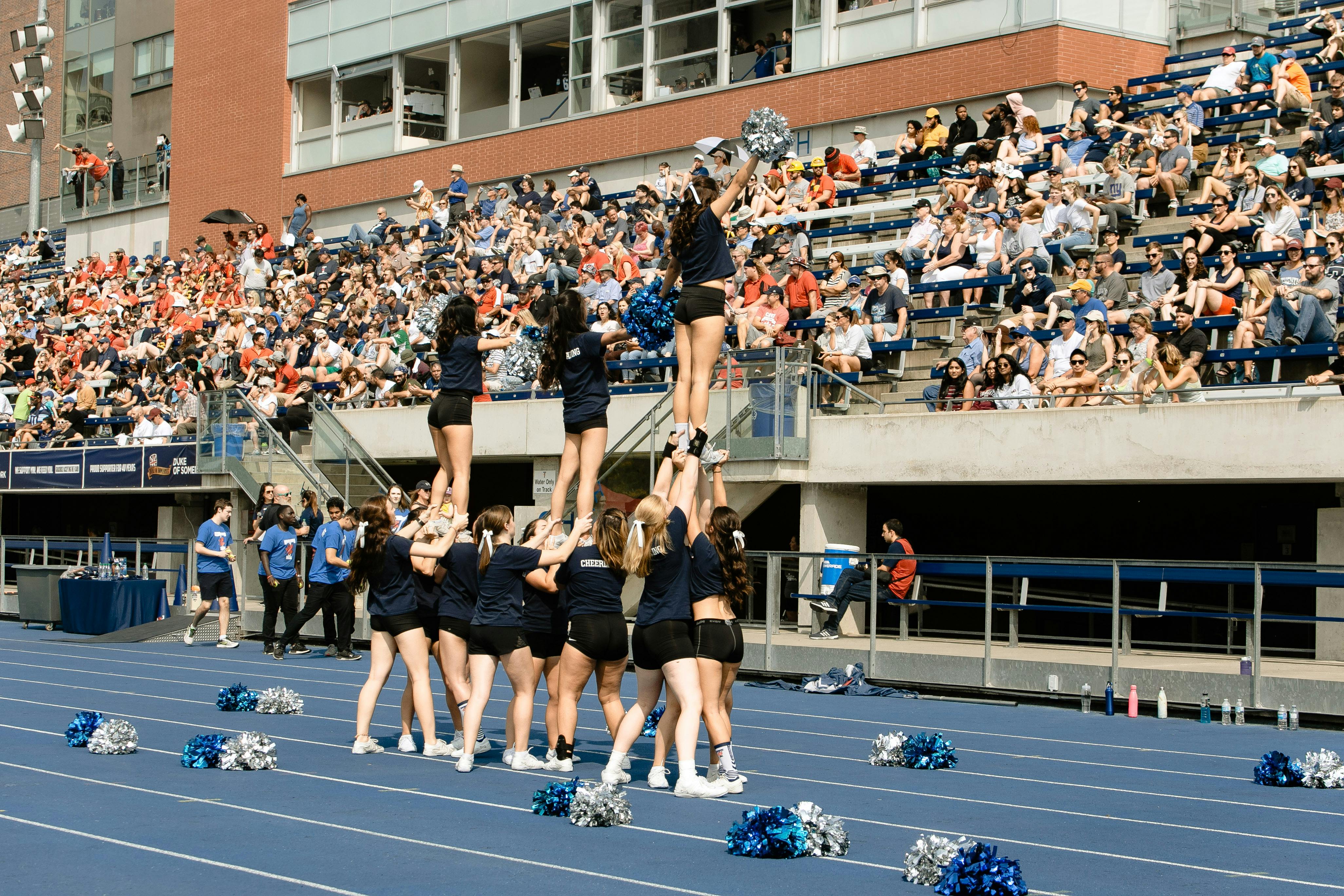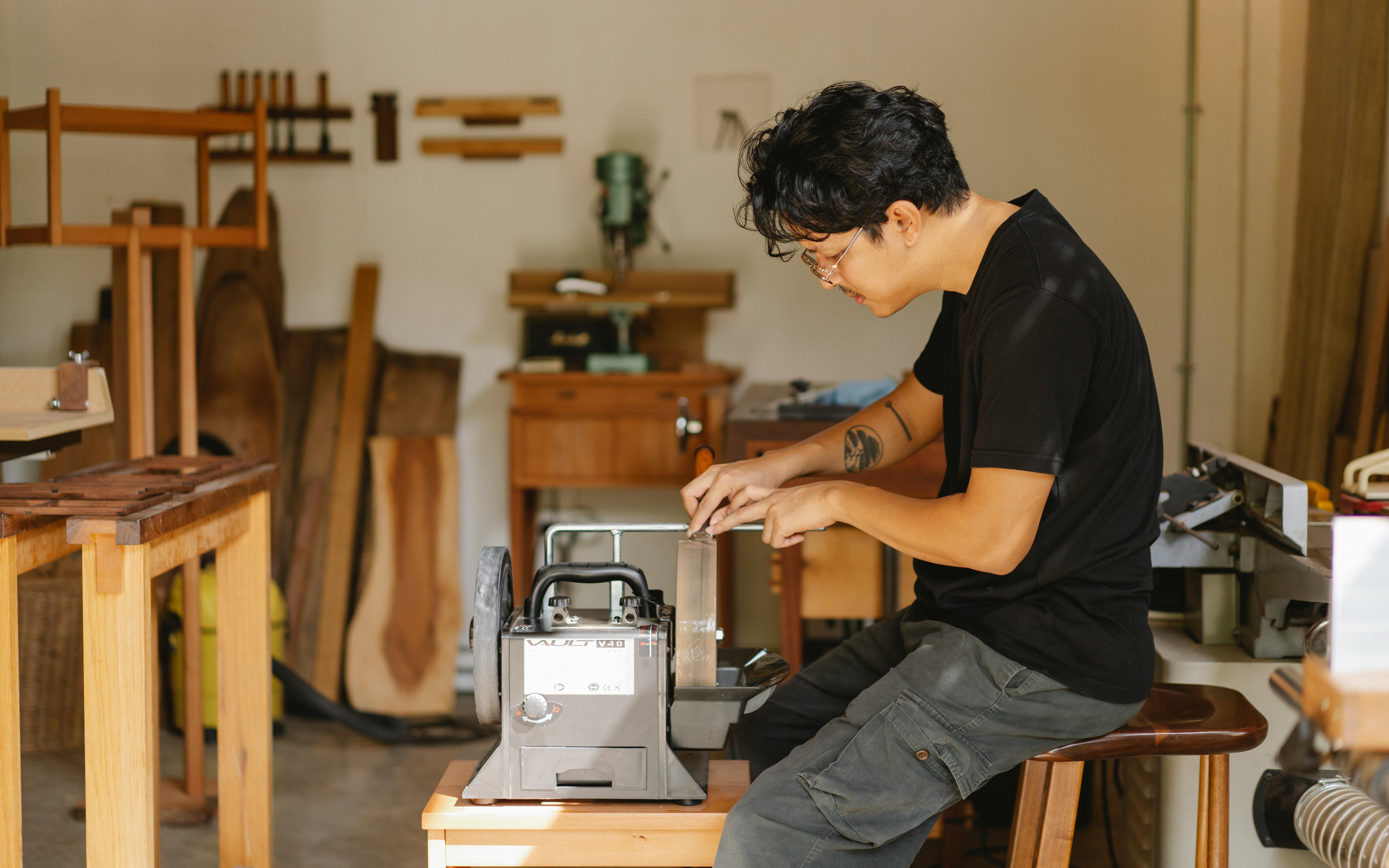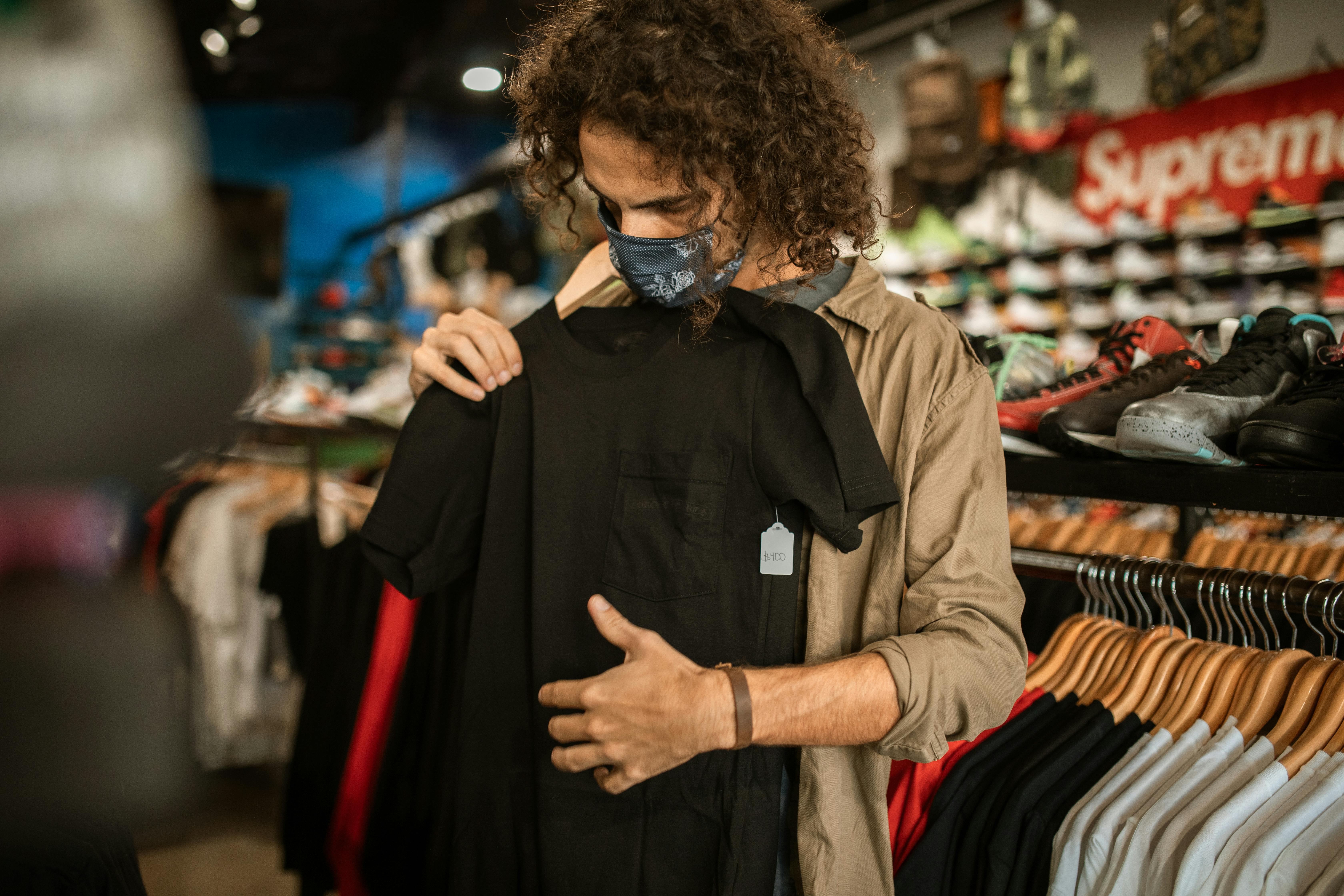
body language tails
Body language is fascinating. People rarely recognize the amount of information they emit and how perceptible it is to the human eye. Even to the untrained human eye. It is said that no less than 50 percent of information about a person’s character, impact, and credibility is conveyed without verbal communication.
The following is a list of some common body postures and sets the person’s position.
Meanings of bodily actions.
Arms crossed: Defensive and cautious.
Chin resting on the palm: Critical, cynical and negative towards the other person.
Dropping the glasses on the lower bridge of the nose and looking over them: Causes negative reactions in others.
Slowly and deliberately removing glasses and carefully cleaning the lens: The person wants to pause and think before objecting or asking for clarification.
Pinching the bridge of the nose: Communicates great thought and concern.
Rubbing your nose or touching your nose – a sign of doubt, often reveals a negative reaction.
Rubbing around the ears: Done while weighing an answer, commonly in conjunction with ‘well, I don’t know’.
Put your feet up on a desk or a chair: gestures of territorial hegemony.
Rocking back: weak ego.
Shoulders retracted: Repressed anger.
Direct eye contact: Interested, likes you
Smiling eyes: it’s comfortable
Relaxed Brow: Comfortable
Limited or no eye contact: lying, uninterested, too confined, awkward, distracted
Forehead tension: Confusion, tension, fear
Shoulders hunched forward: uninterested or feeling inferior
Rigid body posture: Anxious, tense
Crossed arms: It can be simply cold, protecting the body or defensive
Tapping Fingers: Restless, anxious, bored
Fidgeting with hands or objects (i.e. pen): Bored or has something to say
Leaning forward: Interested
Interlocked fingers placed behind the head leaving the elbows open and the armpits exposed: Very open to ideas, comfortable
Mirroring you: he likes you and wants to be friendly
Still: More interested in what you’re saying than anything else.
The eyes are opened a little more than usual: it gives people the impression that they are welcome.
Breathe faster: Nervous or angry
Short, strong inhalation: You want to interrupt a person who is speaking
Strong sigh: Understand what is being said.
Continuously twisting the feet: a person is nervous or worried, but it can also mean that a person is stressed or angry and does not want to show it to everyone.
Legs wide apart or sitting with legs apart – shows that a person feels confident and self-confident. You can also show leadership.
A big smile that lasts longer and disappears more slowly.: Unreal or fake smile
Legs crossed with the highest foot in the direction of the speaker: Relaxed and self-assured and listen very carefully.
Quickly nodding: Impatient and eager to add something to the conversation.
Nod slowly: Shows interest and that you are validating the interviewer’s comments, and this subtly encourages them to continue.
Shoe hanging loose from the toes: Signs of physical attraction
Neck Rubbing: Nerves
Adjusting the tie: Insecurity
Tight lips: Tight lips convey disagreement and disapproval. Communicate the desire to end the discussion. A raised chin implies aggression that can be acted upon if the conversation is not ended.
Pursed lips – this is also a sign of disapproval. Indicates that the person has fixed views that cannot be changed. This usually reveals an arrogant and superficial character.
Lip biting: The person expresses embarrassment when biting their lips. It also communicates a lack of self-confidence.
Reading hand signals: People have been given two hands: the left and the right. The left has been dubbed the “emotional hand” as an imaginary line can be drawn from the third finger that leads directly to the heart. That is why the wedding ring is placed on this finger. The right hand, literally on the other hand. it has been named the “own hand” since it is with this hand that people communicate a block or stop signal.
Open hands: Open hands can be demonstrated by showing the palm of the hand, especially in a conversation or discussion. This expresses trust in others and interest in their opinions. It also offers an opinion and invites you to share the other person’s point of view.
Covered Hands: It is expressed by raising the back of one or both hands against the others. This indicates the installation of barriers or the maintenance of the distance. It is an act of hiding feelings and covering up insecurity.
Clutching hands: Those that cling to objects, such as bags. files or tables. show a need for support. This action conveys confusion or insecurity. Expresses fear and difficulty in coping with the current situation.
Crooked hands (cross both hands and join the palms): Expression of a complex personality. It can indicate a difficult emotional life. The way the palms are held together conveys the need to hide something.
Join hands: indicates defense.
Shrunken Shoulders: You can recognize stressed shoulders by the fact that they are slightly shrunken, making the head appear smaller. The meaning of the sign comes from ducking in dangerous situations.
The meaning of this pose depends on the combination. In combination with big eyes it means that someone is worried about something that is going to happen. Combined with a face that is turned away, it means that the person wants to be left alone. An introverted person almost always has those stressed shoulders.
Difference in the level of both shoulders: For most people, the left and right shoulder are the same height. When they are not, it often means that someone is doubting what he is going to do. With this movement we simulate (unconsciously) that we are weighing the possibilities. Sometimes when someone does this move, their head will move a little as if they are looking up.
Crossed Arms: There are many different explanations for the meaning of crossed arms. When someone has their arms crossed and shakes their head, it means they don’t agree with you. But he can also cross his arms when he’s scared, so his arms give him some protection. Another option is that he feels cold and is trying to keep his body heat with him. When someone is sitting in a chair with their arms crossed, it indicates that the person is relaxed.
Make a fist with your hands: a fist is a sign of aggression. It comes from hitting someone. But it is rarely used with a threatening meaning. Most of the time it is used to indicate that you are angry or irritated.
Putting your hand in front of your mouth: Putting your hand in front of your mouth means that you are hiding something. In Western countries it is rude to burp or hiccup. So someone can put their hand in front of their mouth to hide the hiccups. When someone puts his hand to his mouth when he is speaking, it indicates that he is saying something or has said something that he did not mean.
Make the eyes look bigger: The meaning of making the eyes look bigger can be that someone is amazed. In that case he opens his mouth a little. It can also mean that he is happy or that he likes what is being talked about. And since it means you like something, you can use it on purpose. People like it when your eyes are a little wider.
When people open their eyes a little wider, it can also mean that they are sadly surprised. Then they will frown.
Raising eyebrows: Raising eyebrows shortly means that people are surprised. They raise their eyebrows to make them look better. But it can also mean that someone is looking at you and that they like you.
Raised forehead: A raised forehead often means that someone is remembering something they have seen. This often happens very quickly. It can also be a sign of a certain emotion. It is a biological reflex that you raise your forehead a little when you cry so that the tears move more easily.
Pursed lips: When someone purses their lips it means that they have to make a decision and they are thinking about it. Sometimes he also moves his lips, as if he is stating the possibilities. When someone purses their lips, they often look up a bit.
Firm handshake: Strong and firm handshake is usually given by a person who is confident and self-assured.
Weak handshake: People who give this type of handshake are nervous, shy, insecure, or afraid to interact with other people.
He cleared his throat: Nervousness.
Nail biting: Nervousness.
Hand wringing: Nervousness.
He walked on the floor: Nervousness.
A person is swinging their legs and their arms are crossed or their torso is drooping: Closed
—
You can reprint this article for free on your site as long as this credit remains here


